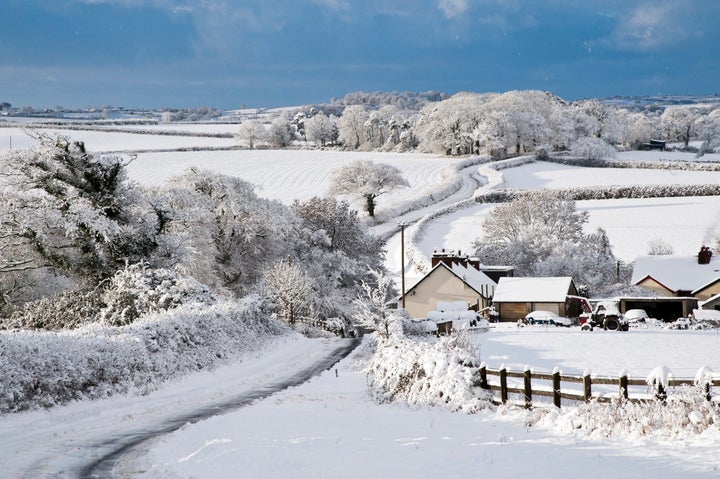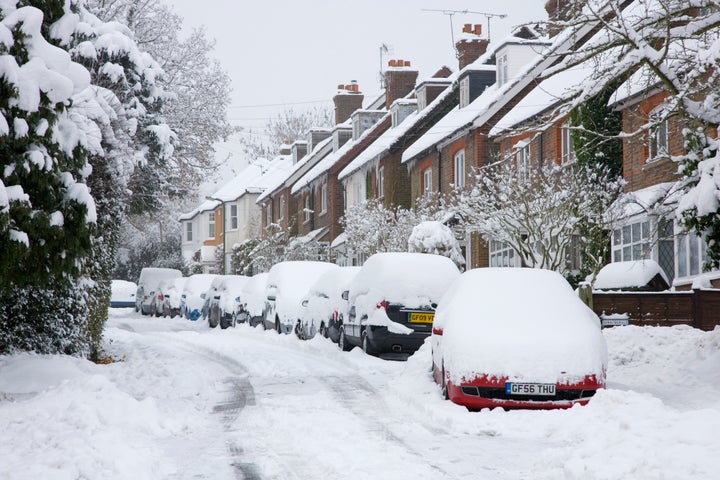Get out the woolies and turn up the thermostat because the Met Office is predicting a cold winter ahead in their most recent three-month outlook.
While the idea of a cold winter doesn’t seem groundbreaking, the government says that the public has become accustomed to milder winters in the last five years and is urging families not to get caught out in freezing temperatures this year.
Average minimum temperatures are expected to fall below zero in the coming weeks to Christmas, and there is a lot of chat about how the polar vortex is to blame. But what is the polar vortex?

What is a polar vortex?
Put simply, the polar vortex is a stream of winds high up in the stratosphere. There are two of these polar vortexes at either end of the earth above the North and South Pole.
Each is a pressure zone that rotates around the pole beneath which lies a mass of cold, dense air.
How does a polar vortex affect the weather?
Normally when the polar vortex is strong and healthy it locks in the cold air around the poles, and keeps it in the jet stream and travelling in a pretty circular path.
This movement protects the mid latitudes – where we live – from a deep freeze.
But some years the polar vortex gets weaker and breaks into multiple centres becoming “displaced”, meaning cold air can push out of the vortex and migrate further south towards the equator.
This brings with it a rapid and sharp drop in temperature, but it does mean there should be less rain so it’s not all bad news.

Which polar vortex affects the weather in the UK?
We are interested in the vortex at the North Pole, since that’s the one that has been causing extreme weather in the past few years.
It’s not a new thing—this low-pressure system is almost always up there.
How is the polar vortex looking so far in 2016?
According to the Met Office’s latest statement, the polar vortex “has not strengthened as much” this autumn.
“This weakness is forecast to continue over the coming weeks. The tendency for a disrupted stratospheric vortex increases the chances of weakening of the westerly winds across the Atlantic and colder-than-normal conditions in early winter,” said a spokesperson.
